Black and White Photography for Beginners
We live in a colourful world, but there’s something special - and romantic, even - about shooting in black and white. It’s a timeless medium, and with today’s high-end digital cameras, it’s easier than ever to strip away colour and make a photo even more powerful. If you’re interested in trying your hand at this technique, these are the basics of black and white photography.
What type of photography works well in black & white
Black and white photography lends itself to two types of subjects:
- Portraits
- Landscapes
Portraits not only capture a person’s face, but their personality. With the right lighting, you can sculpt someone’s face or draw the eye to certain features, such as their soulful eyes or smile lines. As the legendary Canadian photographer Ted Grant once said, “If you want to shoot fashion, shoot in colour, but if you want to shoot emotion, shoot in black and white.” Black and white photography portraits can help you to convey emotion and tell a story - without the distraction of colour.
The best black and white photos are marked by contrast, shapes, shadows and texture – and the most majestic landscapes are full of these. Shooting them in monochrome can capture the raw beauty of the scene in a powerful way.
On the flipside, there are some subjects that rely on colour and don’t work well in black and white. These include clear, bland skies and scenes that are made up of more subtle hues, such as sunrises and sunsets.
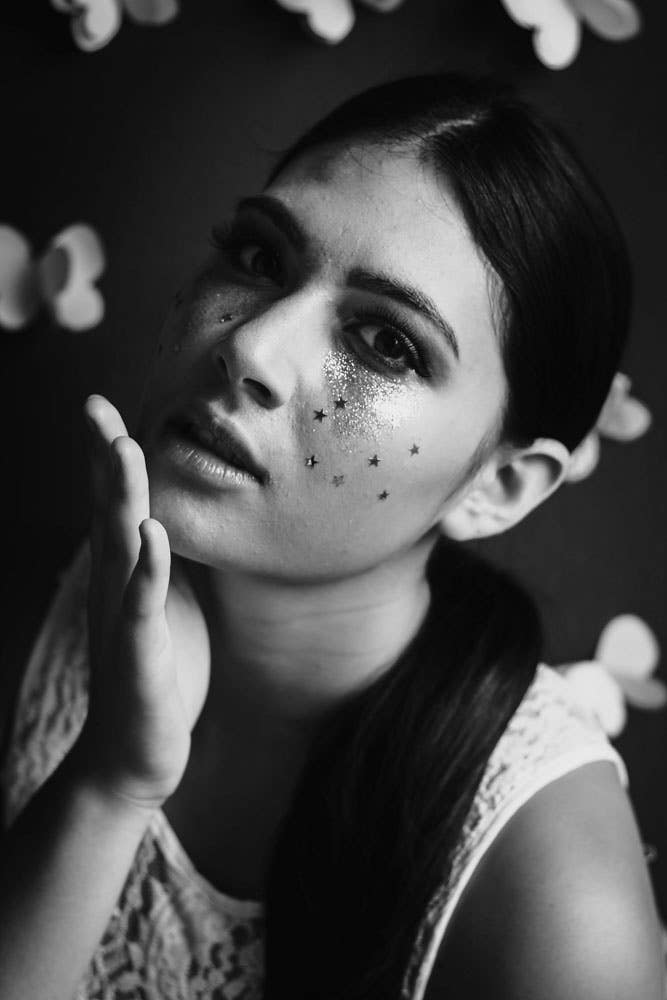

Tips to help your black & white photos stand out
#1: Go for graphic composition


For the most striking black and white images, look beyond colour and search for strong, straight lines and dramatic angles. These will give your photos definition and drama. When you’re starting out, a good way to do this is to think of your scene in the abstract.
Buildings are easier to break down into shapes, but if you’re shooting landscapes, think of waterfalls, rocks and trees as a series of lines and polygons. Hunt for unusual and interesting patterns, too, like a row of trees or cars in a parking lot.
For black and white photography, keep your composition as simple as possible. Use lines and depth of field to create a focal point for your image, and try to shoot your subject at an angle.
#2: Shoot in the right light
Choose lighting that’s relevant for your subject. In many cases, harsh light can lead to more dramatic landscape and architectural photos. While most photographers avoid shooting in the middle of the day, it’s often the best time for black and white photographers. The high-contrast lighting can bring out those graphic shapes and shadows, so make the most of direct sunlight. If you’re using artificial lighting, position a light to one side of the subject.
Soft light is better for portraits and other close-ups. Since the subject is competing with less background, there’s no need for harsh light.
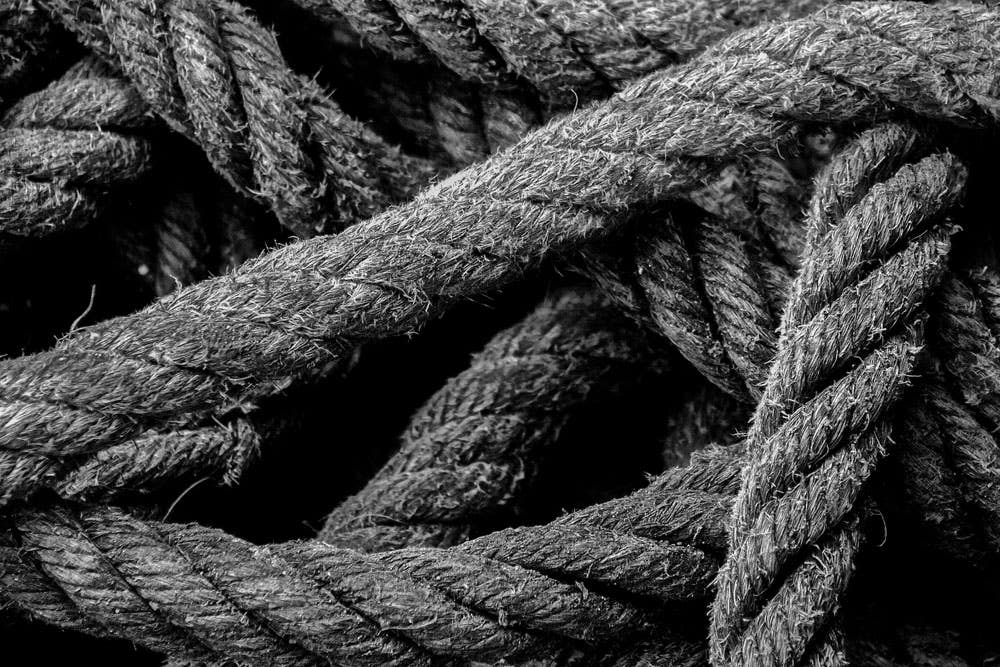

#3: Emphasise contrast
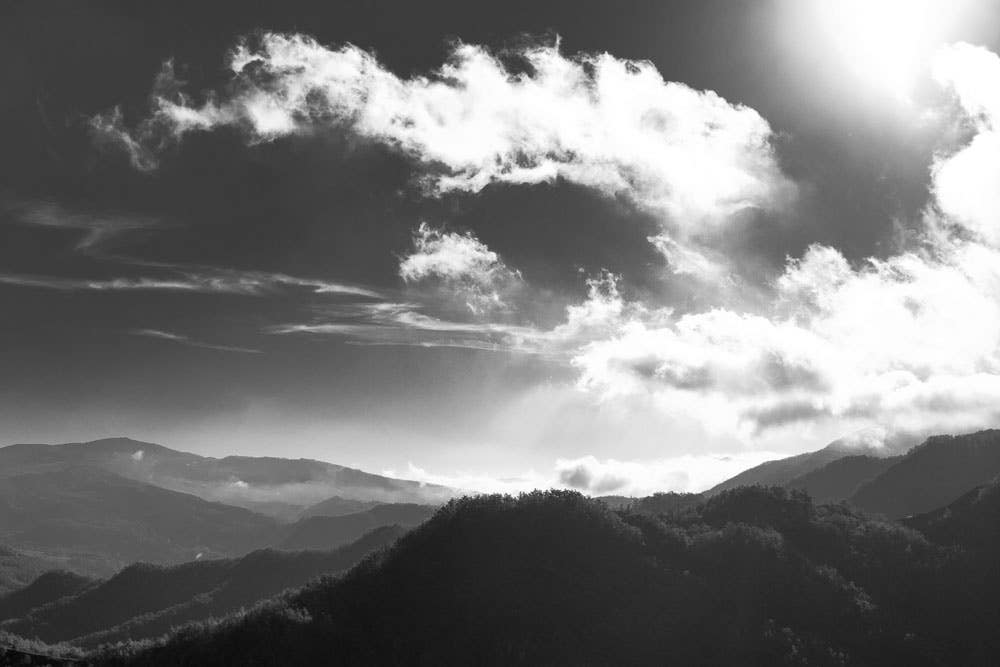

In colour photography, too much contrast is discouraged. It’s distracting, and leads to lower quality or ‘fake’ images. But to compensate for the lack of colour in black and white photos, you need to boost the contrast for visual impact.
Fun fact: Back in the good old days of film, black and white photographers would attach a red filter to their cameras to increase the contrast.
Along with playing around with pops of pure black and white, you’ll want to incorporate a range of greys. This is called ‘tonal contrast.’ Without it, your photo will most likely look dull - even if the subject is anything but!
As a general rule of thumb, the lighter the colour, the lighter the grey tone will be. To bring out as many shades of grey as possible, use the flash to create shadows and throw highlights over certain parts of the photo.
#4: Look for texture and detail
The shapes, shadows and lines we talked about earlier form the foundation of your photo. Texture adds the little details that make a photo so much more compelling. It adds interest, and together with strong graphic element, it’s a surefire way to end up with moody, dramatic photos.
Usually, weathered subjects make for the most interesting black and white photos. Think barns, antiques, and mountains. The rustic details of the barn, the worn surface of the antique and the grass or pebbles lining the mountain will add personality to your pictures.
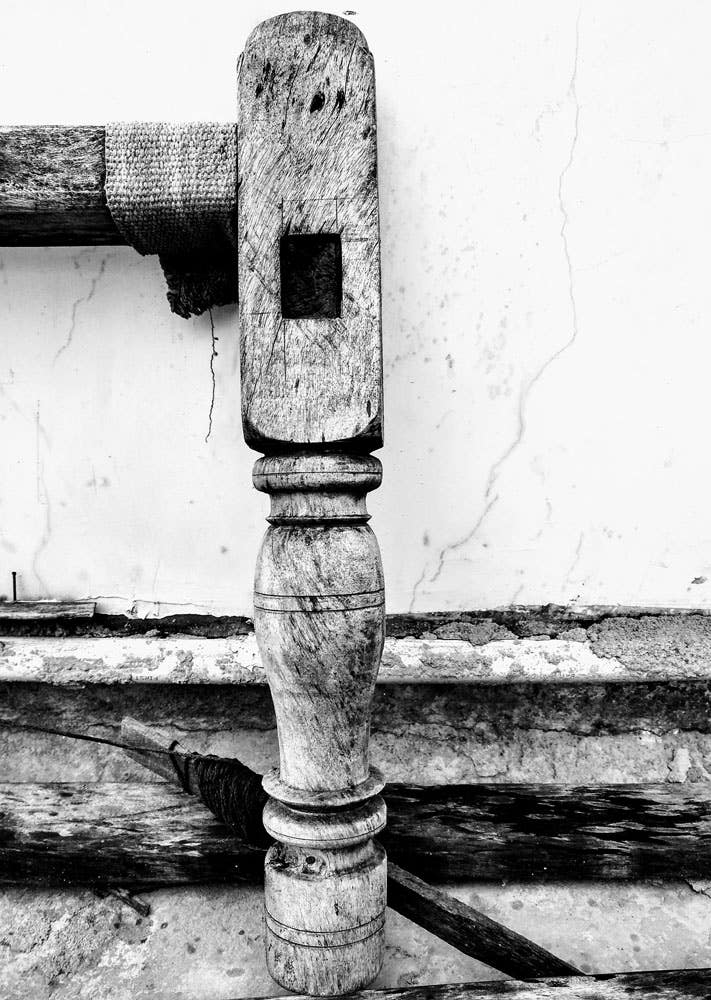

#5: Use photographic filters
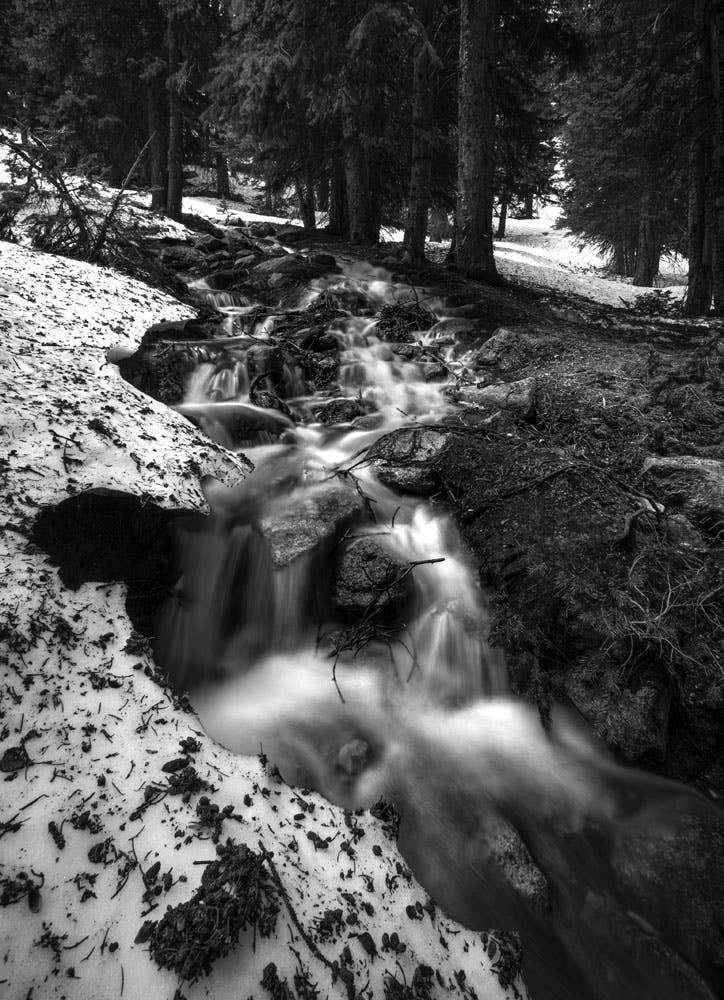

Neutral density and polarising filters are just as useful in monochrome photography. The reason is simple: They all manipulate or control contrast in some way.
Polarisers are great for removing reflections and boosting contrast. If you’re shooting a reflective surface - such as glass or water - a polariser can reduce the effect of the sun on your photo. It can also darken blue skies and make lighter objects, such as clouds, stand out. By creating highlights, polarisers can help you to produce a more graphic, dramatic photo.
Long exposure shots shine brightest in black and white, and that’s where a Neutral Density (ND) filter comes in. When you’re shooting water or clouds, consider using a ND filter. It will smooth and blur out any movement, enhancing the texture and tonal contrast of the photo.
Bonus Tip: If you’re experimenting with long exposure, a tripod is essential. It reduces camera shake for clearer, crisper photos.
#6: Adjust your camera settings
Before digital photography, to capture black and white photos you’d need to use film. Now, many digital cameras have an in-built monochrome mode. To see if yours has this setting, check the manual or click around until you find Picture Settings, Picture Control or Film Simulation.
Anytime you want to work with black and white, switch to monochrome mode so you can better visualise your photos. The electronic viewfinder will display the scene in front of you in black and white, and you’ll be able to quickly adjust the sharpness, contrast and tone of the image.
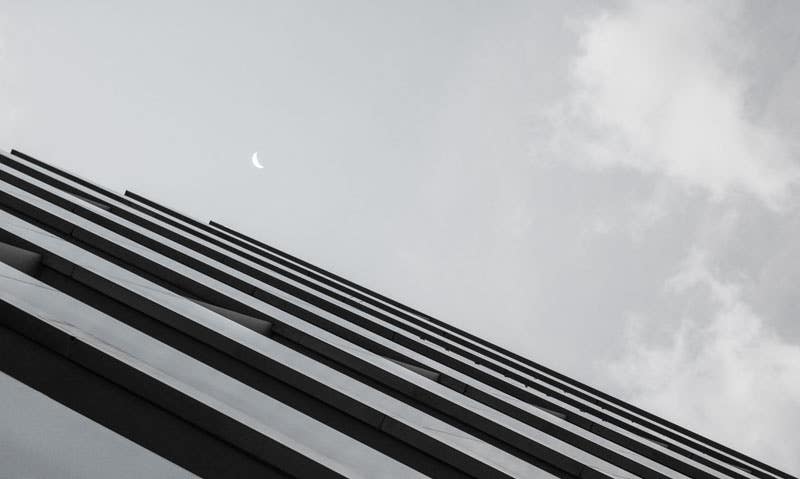

As for the photo format, shoot in RAW and JPEG. The RAW file will hold onto the colour data, while the JPEG version will process it into black and white. This makes it easier to edit your images in post-processing, and you’ll be able to change your mind and choose a colour image if the photo didn’t turn out as well as you’d hoped.
Bonus Tip: If you’re serious about black and white photography, you might want to invest in Silver Efex Pro. It’s a plug-in for Photoshop and Lightroom that allows you to choose from 20 popular film types and give your photo an all-over tone - which is similar to what photographers used to do in the dark room!
The best camera for black & white photography
Take your black and white photography to the next level with a full-frame DSLR. They have exceptional image quality and a long battery life, and they’re compatible with a range of lenses from various brands. They’re also brilliant for manual shooting, so if you want to control the ISO, aperture and shutter speed, go for a DSLR.
Find the best DSLR for black and white photography
Now that you have an idea, it’s time to get the gear! Head to your local Ted’s Cameras store and our knowledgeable team will walk you through our range of DSLRs.
Next Post
The 10 Best Australian Landscape Photography Spots
Previous Post
Tips For Taking Breathtaking Landscape Photos With A Camera







